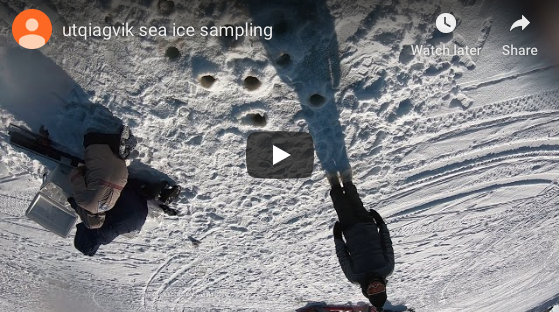Where are they now?
An update on the MOSAiC expedition
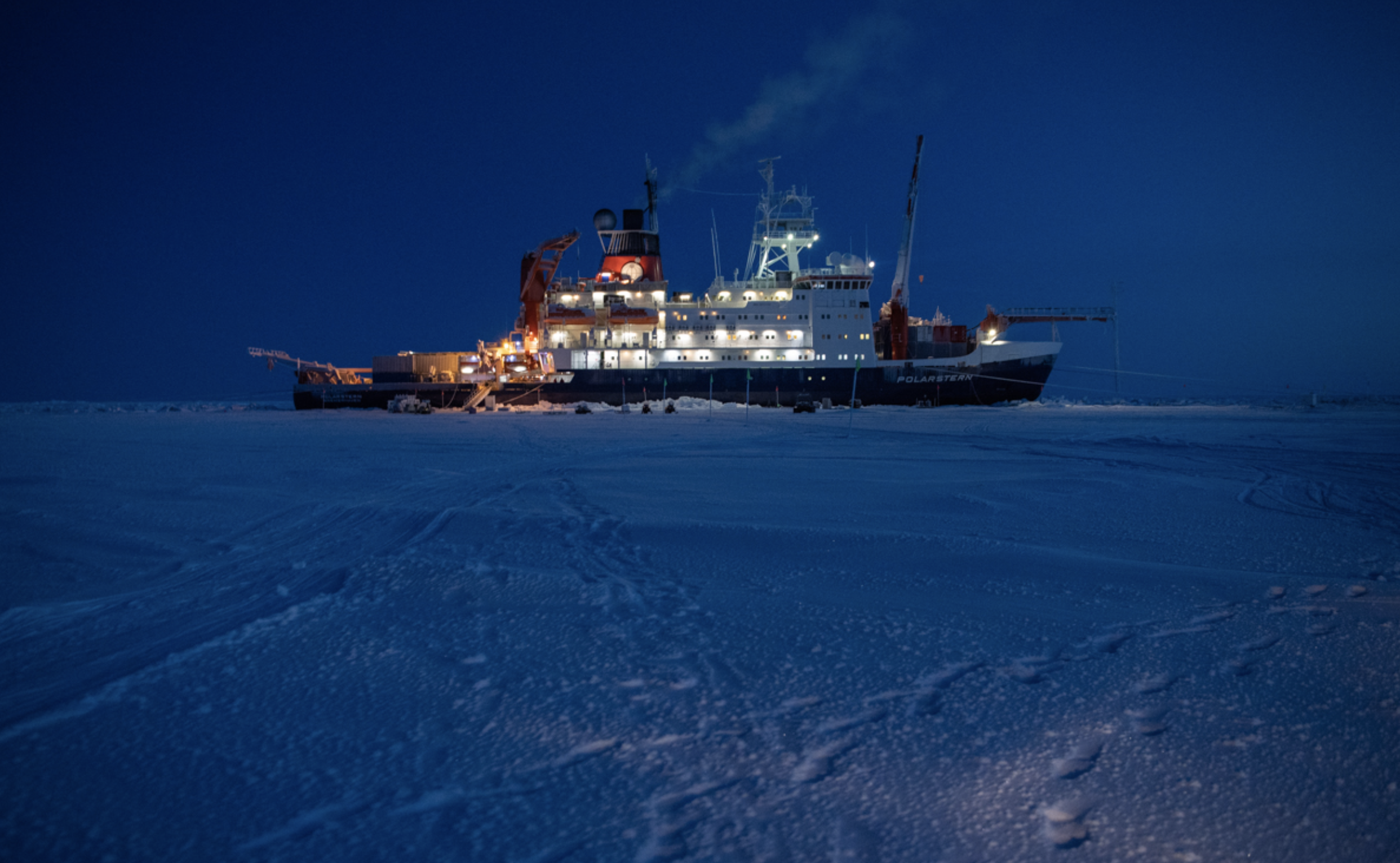
The MOSAiC expedition has been going on now for just over 6 weeks. On September 20th, the Polarstern set sail from Tromsø, Norway with the Russian support icebreaker Fedorov close on its tail. On October 4th, the Polarstern reached the ice floe that it will be frozen in and drift along with for the next year. Shortly thereafter, the Fedorov began deploying a 'Distributed Network' of scientific instruments around the Polarstern, and scientists began setting up science cities on the ice. As of October 24th, all science cities have been set up, although changing ice floe conditions can mean changes to the city set-ups at any time. Photo: Esther Horvath
Track the Polarstern
Cities on the Ice
Over the past week, MOSAiC researchers have been busy setting up the research camps, or 'science cities'. Met City, where meteorological measurements will be taken, is now complete with both 12 m and 30 m-tall meteorological towers standing on the ice! Ocean City, the closest research site to the Polarstern, is almost in full operation. Here, scientists will be able to take measurements at different depths in the ocean by lowering instruments through a hole in the sea ice. Close to Ocean City is Balloon Town, where a red tethered balloon named 'Miss Piggy' used for measuring atmospheric profiles will live.
The sea ice is a dynamic and ever-changing place, which can make it tricky for setting up 'permanent' research stations. The team setting up ROV City experienced this firsthand:
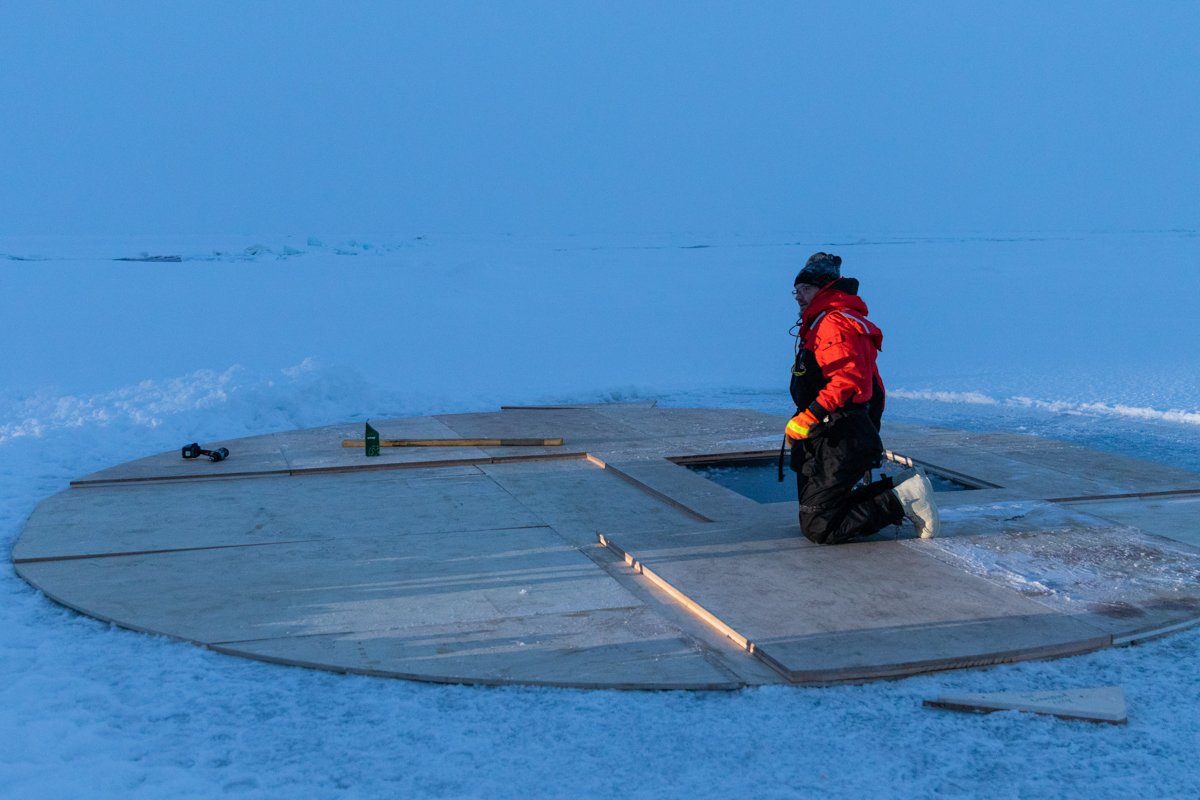
Dynamic Ice and ROV Rescue
On Monday, October 21st, the ROV team identified a location for setting up their research camp. The team made a 1.5 m x 1.5 m hole in the ice through which they will deploy a remote-controlled underwater robot. At this 'ROV City', scientists will measure things like ice thickness, water temperature, salinity, light, and chlorophyll. They will also be able to see beneath the ice using underwater cameras. Photo (L): Esther Horvath
But the dynamic and ever-changing Arctic sea ice had other plans for ROV City...
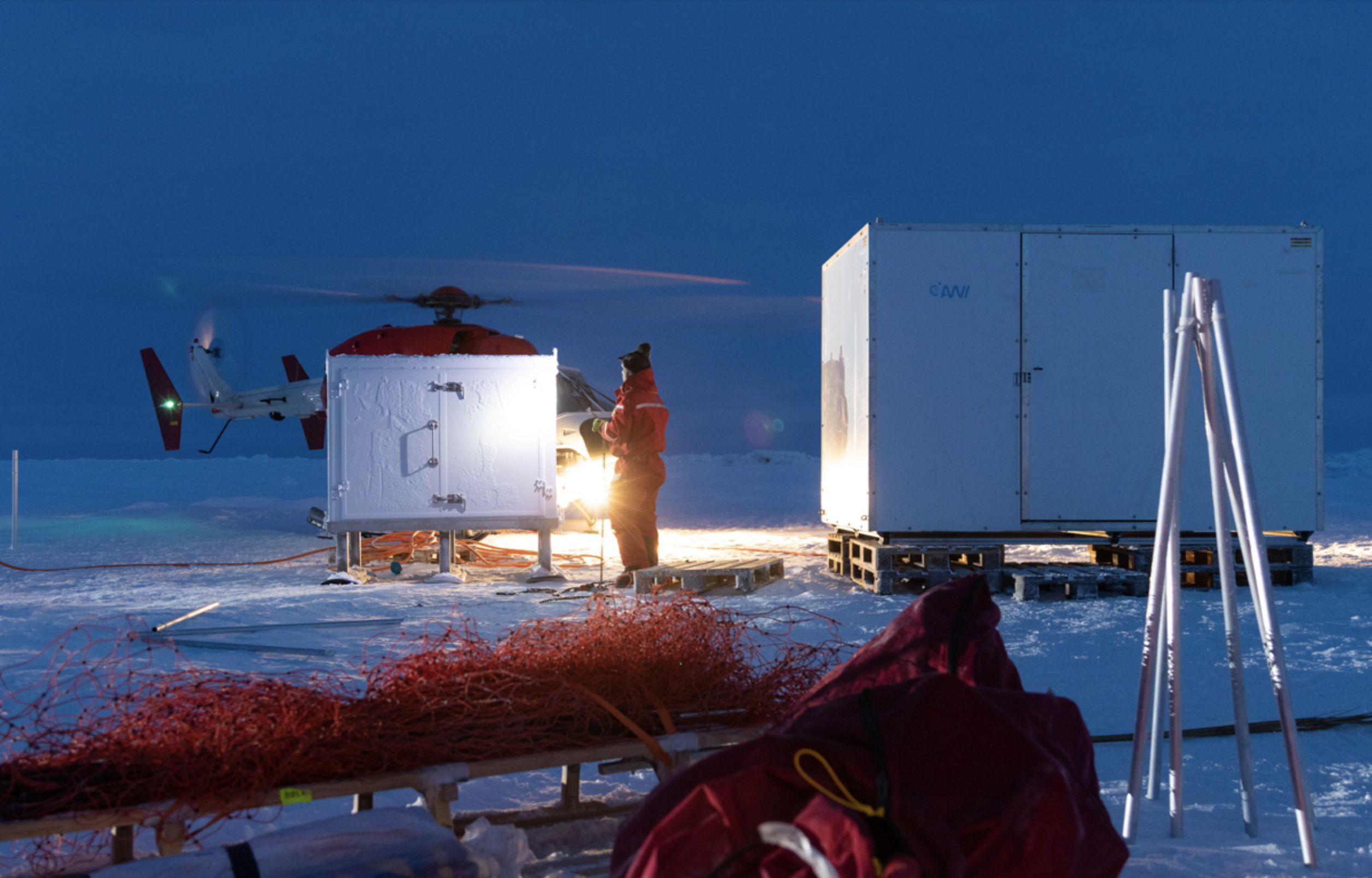
On October 22nd, an ice ridge formed between the Polarstern and ROV City, burying parts of a cable supplying power to the research site. Researchers were able to pull the cable back out of the ridge. However, that night, a crack in the ice opened up between the Polarstern and ROV City, disconnecting the camp from the Polarstern's ice floe and causing it to drift. In the morning, the ROV team decided to rescue their equipment, recovering it and returning it to the icebreaker via helicopter. Photo (R): Marcel Nicolaus
Learn more about sea ice dynamics
Listen to the sound of sea ice cracking
![]()
A MOSAiC of People
While the focus of MOSAiC is for scientists to collect important data about the Arctic climate, the expedition wouldn't be possible without the cooks, doctors, helicopter pilots, polar bear guards, ship mechanics, and other invaluable crew members. You don't have to be a scientist to participate in exciting research adventures in remote parts of the planet!
Baking at Sea
Meet the Polarstern crew
 #askmosaic: Surrounded by Arctic Wildlife
#askmosaic: Surrounded by Arctic Wildlife
Student Question: Do you think you will see any other wildlife in the Arctic?
Thanks for your question! Emelia Chamberlain, a graduate student scientist at Scripps Institution of Oceanography, has an answer that may surprise you:
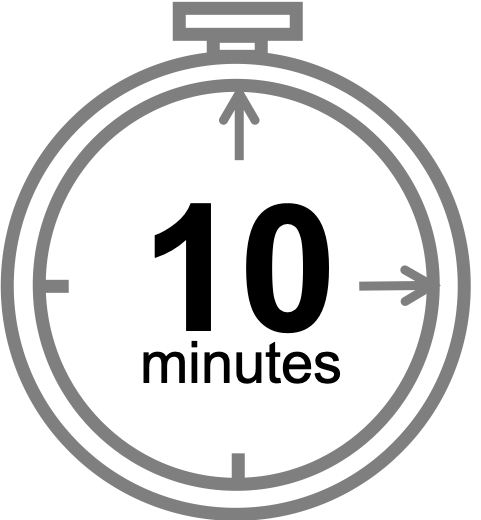 MOSAiC Weekly Tracking
MOSAiC Weekly Tracking
Plot the Polarstern
Each week we will provide you with the latitude and longitude coordinates of the Polarstern so that your students can track its journey across the Arctic in your classroom.
Download the map to plot coordinates
Download a larger map of the Arctic for a bigger picture view of the expedition area
Location of the Polarstern
| Date | Latitude | Longitude |
| September 16, 2019 | 69.68 N | 18.99 E |
| September 23, 2019 | 72.31 N | 26.93 E |
| September 30, 2019 | 85.12 N | 138.05 E |
| October 4, 2019** | 85.08 N | 134.43 E |
| October 7, 2019 | 85.10 N | 133.82 E |
| October 14, 2019 | 84.85 N | 135.03 E |
| October 21, 2019 | 84.97 N | 132.73 E |
| October 28, 2019 | 85.47 N | 127.07 E |
| November 4, 2019 | 85.88 N | 121.70 E |
**Day when MOSAiC reached the ice floe that the Polarstern will become frozen in and drift with for the next year.
Log MOSAiC Data
Download a MOSAiC Data Logbook to keep track of Arctic conditions over the course of the expedition
Arctic Data*
| Date | Length of day (hrs) | Air temperature (deg C) at location of Polarstern | Arctic Sea Ice Extent (million km2) |
| September 16, 2019 | 13.25 | High: 10 Low: 4.4 | 3.9 |
| September 23, 2019 | 12.35 | High: 6 Low: -1 | 4.1 |
| September 30, 2019 | 9.1 | -4.7 | 4.4 |
| October 4, 2019** | 6.27 | -13.0 | 4.5 |
| October 7, 2019 | 3.05 | -8.2 | 4.6 |
| October 14, 2019 | 0 | -14.7 | 4.8 |
| October 21, 2019 | 0 | -12.8 | 5.4 |
| October 28, 2019 | 0 | -18.3 | 6.8 |
| November 4, 2019 | 0 | -18.9 | 8.0 |
*Note: We expect data to fall within the following ranges: Length of day, 0-24 hours; Temperature, -40 to 14 degrees C; Sea ice extent, 3-15 million km2
**Day when MOSAiC reached the ice floe that the Polarstern will become frozen in and drift with for the next year.
 Follow the Journey
Follow the Journey
PolarTREC educator Katie Gavenus just returned from a 6-week stint in the Arctic aboard the Russian icebreaker Fedorov on the first leg of the MOSAiC expedition. Read the journal entries she wrote during her time there, and check out the Education Extensions at the end of each journal entry for more Arctic-related classroom activities.
Read Katie's journals
Peruse other expedition blogs
Browse all Arctic and polar-related educational resources
Check out the MOSAiC Monday Archives
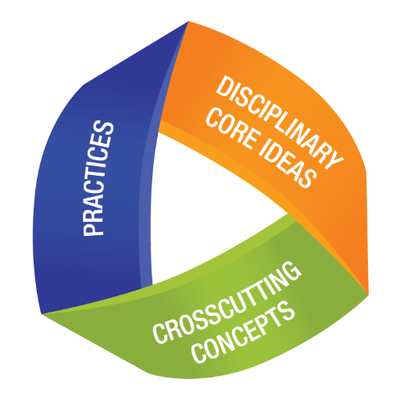 MOSAiC Monday and the NGSS
MOSAiC Monday and the NGSS
Good news for educators in the U.S. teaching with the Next Generation Science Standards (NGSS) or similar! We will now be tagging MOSAiC Monday engagements with the NGSS Disciplinary Core Idea subject(s), Science and Engineering Practice(s), and Crosscutting Concept(s) that they most closely connect to. Look for these symbols listed below each engagement:
Disciplinary Core Idea Subjects
Science and Engineering Practices (adopted from the San Diego County Office of Education Science Resource Center)
Crosscutting Concepts (adopted from the San Diego County Office of Education Science Resource Center)

